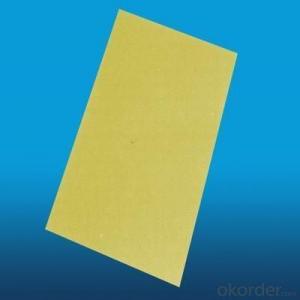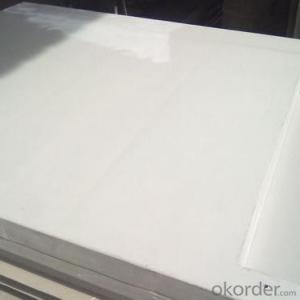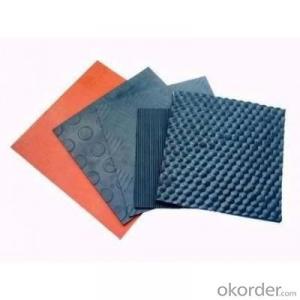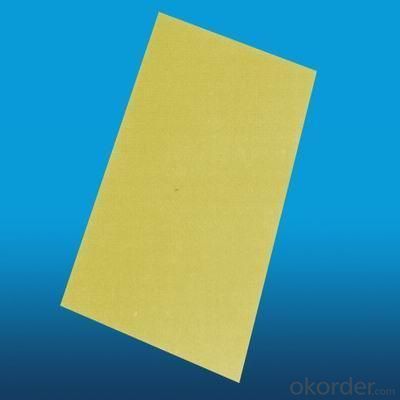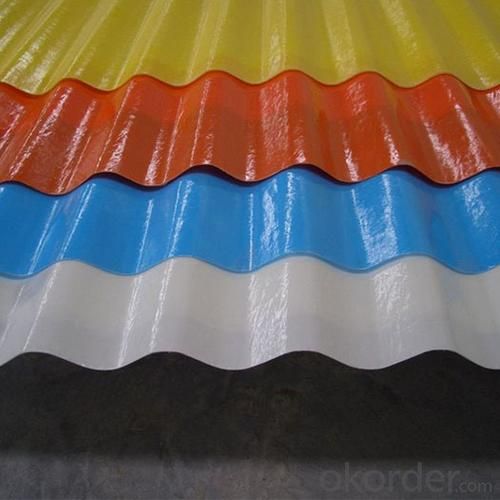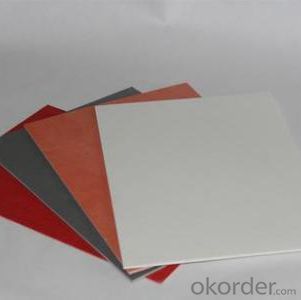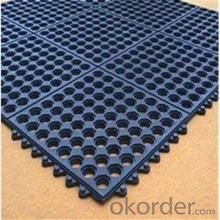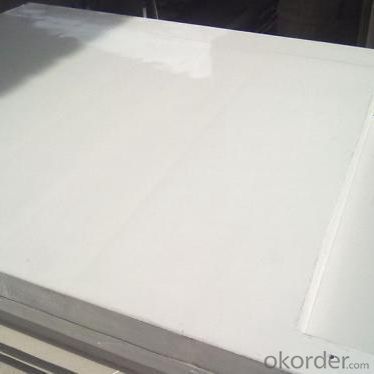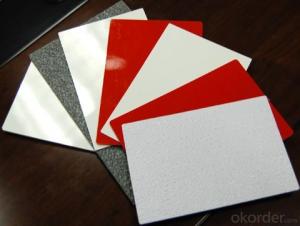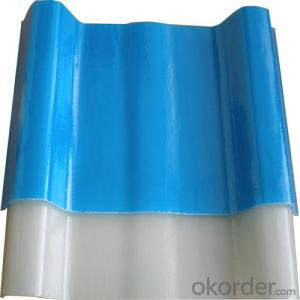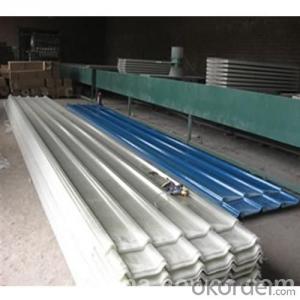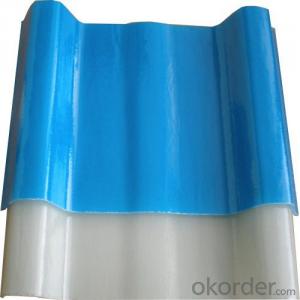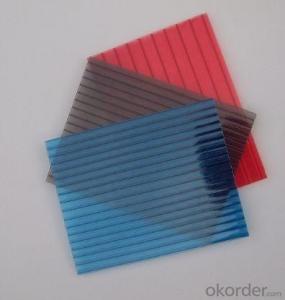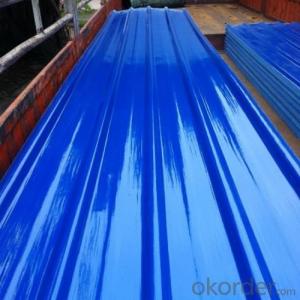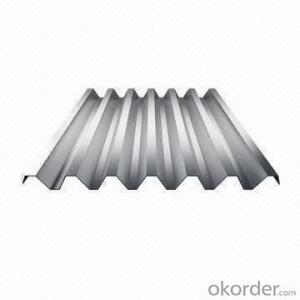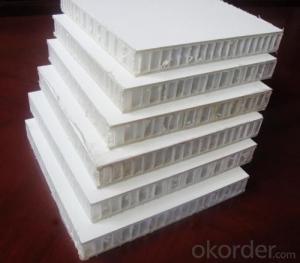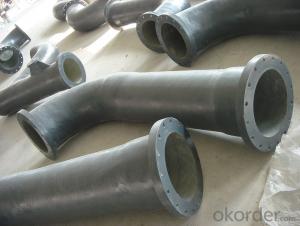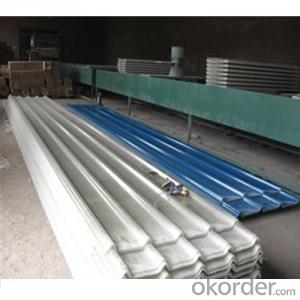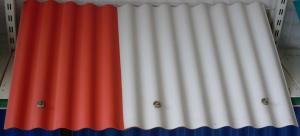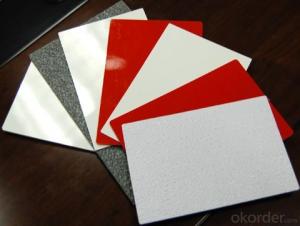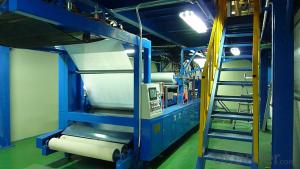FRP Roofing Panel - Corrugated Fiberglass Roof Panel FRP Sheet
- Loading Port:
- Tianjin
- Payment Terms:
- TT OR LC
- Min Order Qty:
- 300 m
- Supply Capability:
- 50000 m/month
OKorder Service Pledge
OKorder Financial Service
You Might Also Like
Specification
PRODUCT DESCRIPTION
FRP roofing sheet usually use a protecting facility in construction site,steel structured workshop and warehouse,canopy,packing sheds,corridors,studio light awning and greenhouse etc as the excellent light transmittance.FRP plane skylight is the more strengthened, safety, and more econimal greenhouse panel with the properties of waterproof,good light transmittance,heat insulation,strong impact resistant, withstand extreme temperature.
FEATURES
1.Light transmission
The light transmission of FRP roof Sheet is between 60-85%. Light through FRP corrugated Sheet scatters and is
mild. It will not form a light band so as to make the indoor brighter.
2.Weather resistance
The anti-aging film covering on the surface of FRP corrugated sheet improves its property of weather resistance.
The anti- ultraviolet adsorbing agent mixing in the raw materials absorbs 99.9% of ultraviolet ray of the visible
light transmitted through the FRP sheets.
3.Corrosion resistance
The products resist various acids, alkalis and peroxides, especially suitable for application in the coastal
areas and corrosive places.Temperature performance and insulation FRP roof Sheet is a kind of hot solid
high polymer materials. It is designed for normal use in temperatures - 40℃~120℃ .The coefficient of heat
conduction of FRP roof Sheet is only 1/4 of the glass.
SPECIFICATIONS
| Name: | Fibreglass Reinforced Polyester(FRP ) Sheet |
| Material: | Protective film, Unsaturated resin polyester, Fiberglass |
| Weight: | 1800g/2400g/2750g/3050g Square meter |
| Thickness: | 0.8~3.0mm |
| Length: | Customized |
| Temp: | used in -40°c to 140 °c |
| OEM: | Welcomed |
| Color: | Clear/Blue |
PICTURES
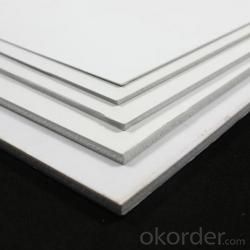
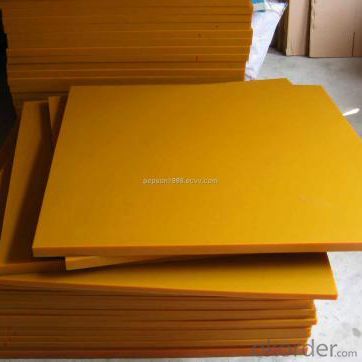

- Q: Are FRP roofing panels resistant to chemical fumes or emissions?
- Yes, FRP (Fiberglass Reinforced Plastic) roofing panels are generally resistant to chemical fumes or emissions. FRP is known for its excellent corrosion resistance and can withstand exposure to a wide range of chemical substances without deteriorating or getting damaged. However, it is important to consider the specific chemicals involved and consult the manufacturer or a professional to ensure that the FRP roofing panels selected are suitable for the intended application and chemical environment.
- Q: Can FRP roofing panels be used in zoos or animal enclosures?
- Yes, FRP (Fiberglass Reinforced Plastic) roofing panels can be used in zoos or animal enclosures. FRP panels are a popular choice for roofing solutions due to their durability, strength, and resistance to various environmental conditions. They are lightweight, easy to install, and have excellent weatherability, making them suitable for outdoor applications such as animal enclosures. FRP panels are also resistant to corrosion, moisture, and UV radiation, which are important factors to consider when housing animals. They provide a protective barrier against harsh weather elements, ensuring the safety and comfort of the animals. Furthermore, FRP panels can be customized to fit specific enclosure requirements, including size, shape, and color. This flexibility allows zookeepers to create enclosures that mimic the natural habitat of the animals, promoting their well-being and overall health. Additionally, FRP panels are non-toxic and easy to clean, which is crucial for maintaining hygiene in animal enclosures. They can be easily washed and disinfected, preventing the growth of bacteria and ensuring a safe environment for both the animals and the zookeepers. In conclusion, FRP roofing panels are an excellent choice for use in zoos or animal enclosures. Their durability, resistance to environmental conditions, and customizability make them suitable for creating safe and comfortable habitats for a variety of animals.
- Q: Can FRP roofing panels be used for warehouses?
- Yes, FRP roofing panels can be used for warehouses. FRP (Fiberglass Reinforced Plastic) roofing panels are known for their durability, lightweight nature, and resistance to corrosion and chemicals. These qualities make them suitable for various applications, including warehouses. They offer excellent protection against weather elements, provide natural light transmission, and are easy to install and maintain.
- Q: Can FRP roofing panels be installed over an existing roof?
- Installing FRP roofing panels over an existing roof is indeed possible. However, several factors warrant consideration before proceeding with this installation approach. Initially, it is crucial to ascertain the soundness of the current roof's structure and its ability to withstand the weight of the FRP panels. Additionally, any pre-existing leaks or damages should be addressed and repaired before installing the new panels. Ensuring appropriate insulation and ventilation is also vital to prevent condensation and moisture buildup between the existing roof and the FRP panels. Lastly, it is advisable to consult a professional roofing contractor with expertise in FRP installations to guarantee optimal outcomes and adherence to local building codes and regulations.
- Q: Are FRP roofing panels resistant to bird nesting?
- Yes, FRP roofing panels are resistant to bird nesting. The smooth and non-porous surface of FRP panels makes it difficult for birds to build nests or roost on them. Additionally, the material is durable and does not provide a suitable habitat for birds, making it an effective solution to prevent bird nesting on rooftops.
- Q: Are FRP roofing panels resistant to chemical fumes or gases?
- Yes, FRP (fiberglass reinforced plastic) roofing panels are generally resistant to chemical fumes or gases. The inherent properties of FRP, such as its non-reactive nature and high resistance to corrosion, make it an ideal choice for environments where chemical exposure is a concern. However, the specific resistance of FRP roofing panels to certain chemicals may vary, and it is recommended to consult with the manufacturer or supplier for detailed information on chemical compatibility.
- Q: Are FRP roofing panels resistant to snow or ice build-up?
- Yes, FRP (Fiberglass Reinforced Plastic) roofing panels are generally resistant to snow or ice build-up. FRP panels have a smooth surface that prevents snow or ice from adhering to them, allowing them to shed the weight and prevent accumulation. Additionally, FRP panels have a high strength-to-weight ratio, which ensures they can withstand the added weight of snow or ice without compromising their structural integrity. However, it's important to note that the resistance to snow or ice build-up may vary depending on the design, slope, and installation of the roof. Regular maintenance, such as removing accumulated snow or ice, is still recommended to ensure optimal performance and prevent any potential damage.
- Q: Can FRP roofing panels be installed on curved surfaces?
- Yes, FRP (Fiberglass Reinforced Plastic) roofing panels can be installed on curved surfaces. FRP panels are flexible and can be easily shaped to fit the contours of curved roofs. The panels can be bent and molded to match the desired curve, ensuring a seamless and secure installation. However, it is important to note that the degree of curvature may affect the size and shape of the panels required, and additional considerations such as proper support and fastening methods may be necessary to ensure the panels are securely attached to the curved surface. It is recommended to consult with a professional installer or manufacturer for specific guidance on installing FRP roofing panels on curved surfaces.
- Q: Can FRP roofing panels be used for warehouses?
- Yes, FRP roofing panels can be used for warehouses. FRP (Fiberglass Reinforced Plastic) roofing panels are known for their durability, lightweight nature, and resistance to corrosion and chemicals. These qualities make them suitable for various applications, including warehouses. They offer excellent protection against weather elements, provide natural light transmission, and are easy to install and maintain.
- Q: Can FRP roofing panels be used in commercial buildings?
- Yes, FRP roofing panels can be used in commercial buildings. FRP (Fiberglass Reinforced Plastic) roofing panels are lightweight, durable, and resistant to corrosion, making them suitable for various commercial applications. They offer excellent weather resistance, UV protection, and can be installed quickly. Additionally, FRP roofing panels come in various colors, designs, and profiles, allowing for aesthetic customization to suit different commercial building styles.
Send your message to us
FRP Roofing Panel - Corrugated Fiberglass Roof Panel FRP Sheet
- Loading Port:
- Tianjin
- Payment Terms:
- TT OR LC
- Min Order Qty:
- 300 m
- Supply Capability:
- 50000 m/month
OKorder Service Pledge
OKorder Financial Service
Similar products
Hot products
Hot Searches
Related keywords
